Do you know the difference between consulting or facilitating?
If you google consulting or facilitating, here’s what you’ll find…
- A consultant is a person who provides expert advice within a particular field, i.e., safety, quality, leadership, security, HR, etc. A facilitator, on the other hand, has a depth and breadth of expertise in process (that can be applied to most problem-solving situations). The organization has a good understanding of the subject matter, yet they need help processing the information and thinking it through to make the best decision for the organization. That’s a facilitator.
Consulting
Consultants are people who have studied a particular subject and developed a training method to sell it so they can make a living. Many people do this quite successfully. This is a pretty competitive business. Some big companies have developed out of successful consulting practices. Their goal is to apply their specific knowledge and fill the need that an organization, team or company may have.
In my experience when a safety consultant was hired to come into our plant, they were quite polished and presented their program very well. The people in my group would sit quietly listening to the offering and trying to make sense as it applied to our work. Often there would be good ideas and techniques presented. The consultants were clearly geared to fix us and make us work more safely.
But they had some big challenges. They did not know us as people, nor the real situations that we faced in our work. They did not care or have enough time to get to know anyone. They would spend a day or two and be off to their next client. Because of this their credibility was shaky. Trust levels were not very good.
As we listened to their presentations, we would begin to pick them apart in our minds. They were the experts so we could just sit back and listen (superficially). When they left, we would talk about how their ideas fit with us, or not. After a couple of days, we were doing things just as we had always done them with someone getting hurt now and then. If things did not work out, we would blame it on the consultant. It is fair, however, to note that there were often valuable nuggets of information that we gleaned and utilized.
The consultants had a very narrow focus on their particular task. They would try to get us to change the way we worked to be safer. I have found that ,over the years, trying to change and improve safety in an organization that struggles with bullies, tolerates lying and coverups, and other dysfunctional behaviors does not work. The dysfunctional behaviors crush the new ways of doing things and the new changes are not sustainable.

Facilitating
Facilitators are people who help us to solve our own problems. They are highly trained on the safety rules and procedures, but they do not give us a lecture.
The best facilitators were people from our own organization who knew us and helped us to talk together about how to work more safely and solve our own problems. However, we hired good facilitators to join us, too. We would sit together, walk around together, talk about the work, and develop the best way to get it done effectively and safely.
They would ask us questions and help us to think things through. They knew the right questions to ask. They were not there to dictate how to do something as if we had no brains. They were there as partners in the whole effort to work more effectively. We were self-organizing and solving our own problems.
When the facilitators were with us, we began to see things differently, to think differently, help each other, listen, and learn together. We took responsibility for ourselves, each other and the work; we cared. And we learned to keep improving by using after-action reviews.
Our facilitators were available all the time in case we had some questions or needed help. The facilitators were often people in supervision who partnered with us. Sometimes a front-line person like an operator or mechanic or secretary became skilled facilitators. They were skilled because they knew the best process (or framework or model) to effectively facilitate the group and its problem/concern.
We shared information about the work, the necessary tools and procedures, the hazards, the precautions we needed to take to be both compliant with the rules and able to do the work quickly and well. We made sure that people felt mentally and physically fit to do the work. Then when the job was done, we’d talk about how it went and how we could do it better next time.
As we worked this way, all the other aspects of our work culture became more positive and supportive. When the whole organizational culture becomes more positive and supportive, everything, including safety gets better.
To really improve the organization and the safety,
we need skilled facilitators!
What do you need for your organization? Consulting or facilitating?
Note: I would be remiss if I did not share that the Process Enneagram©, which I created 25 years ago, has turned out to be an extraordinary process tool for use in effecting positive organizational change. See my book, The Leadership Dance: Pathways to Extraordinary Organizational Effectiveness, on Amazon. Call me, I’ll be happy to help you learn to use this tool.

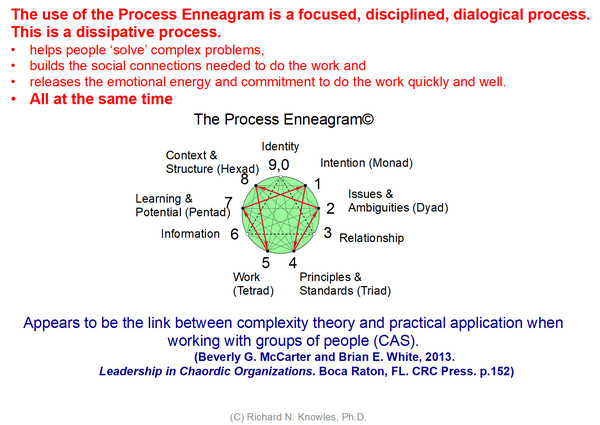
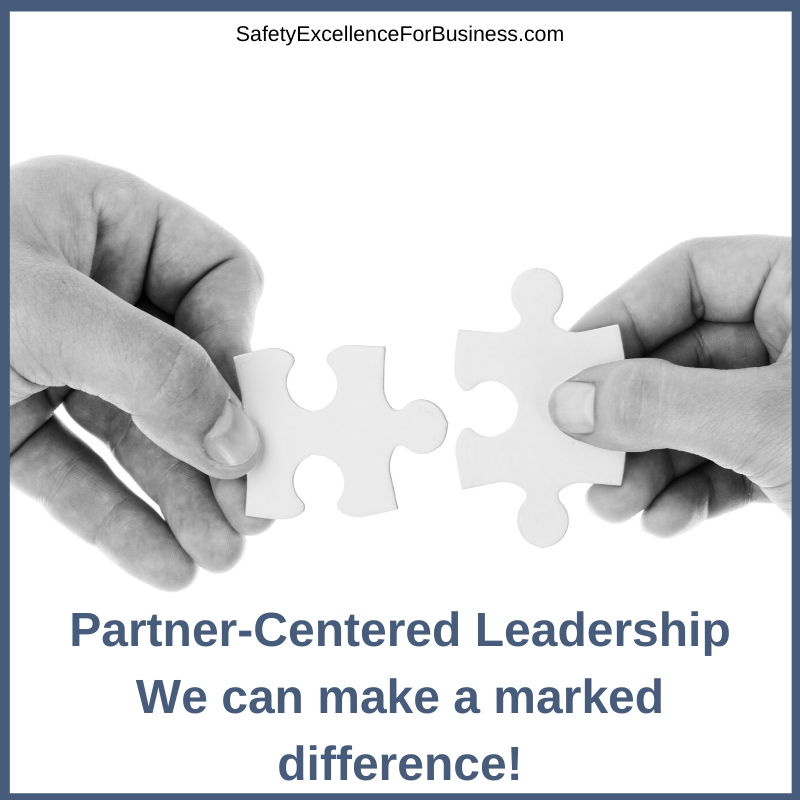
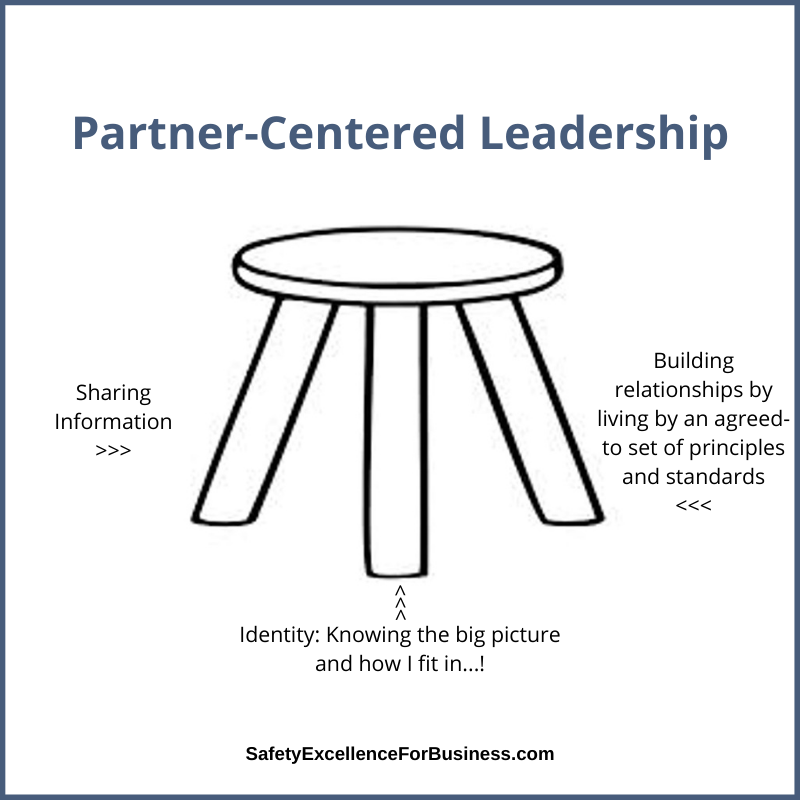
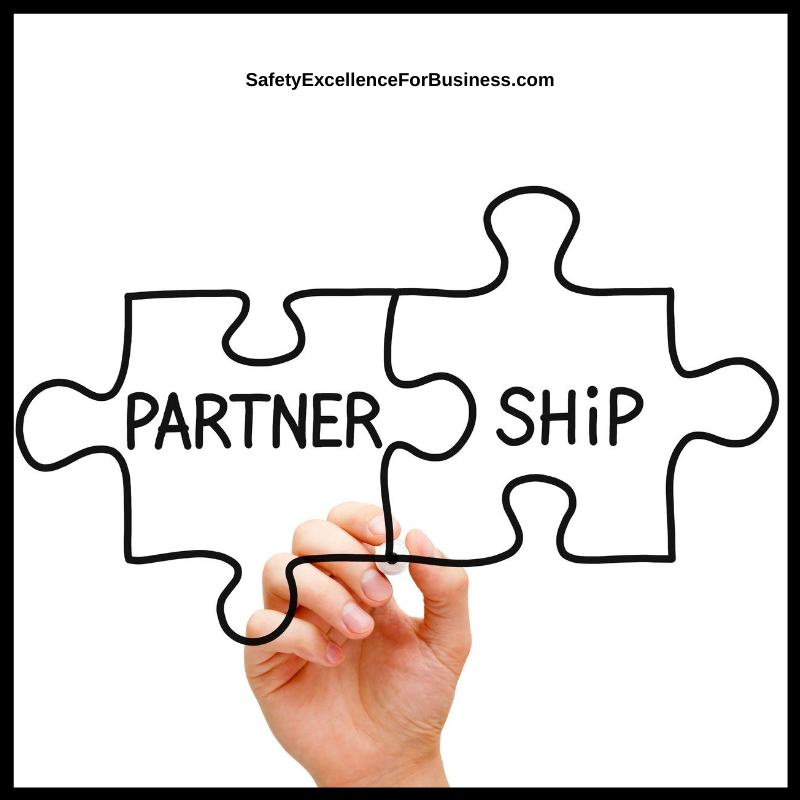 When I was transferred to the DuPont Belle, West Virginia plant in 1987, the Total Recordable Injury Case Rate (TRC) was about 5.8 and emissions to air, water and ground, as reported in the EPA Toxic Release Inventory (TRI) annual report, was over 6,000,000 pounds/year. Within three years, both of these had dropped by about 95% to a TRC of about 0.3 and a TRI of about 275,000 pounds/year. Emissions to the environment is one way to measure how well the process safety is working; the better the process safety work, the lower the emissions to the environment.
When I was transferred to the DuPont Belle, West Virginia plant in 1987, the Total Recordable Injury Case Rate (TRC) was about 5.8 and emissions to air, water and ground, as reported in the EPA Toxic Release Inventory (TRI) annual report, was over 6,000,000 pounds/year. Within three years, both of these had dropped by about 95% to a TRC of about 0.3 and a TRI of about 275,000 pounds/year. Emissions to the environment is one way to measure how well the process safety is working; the better the process safety work, the lower the emissions to the environment.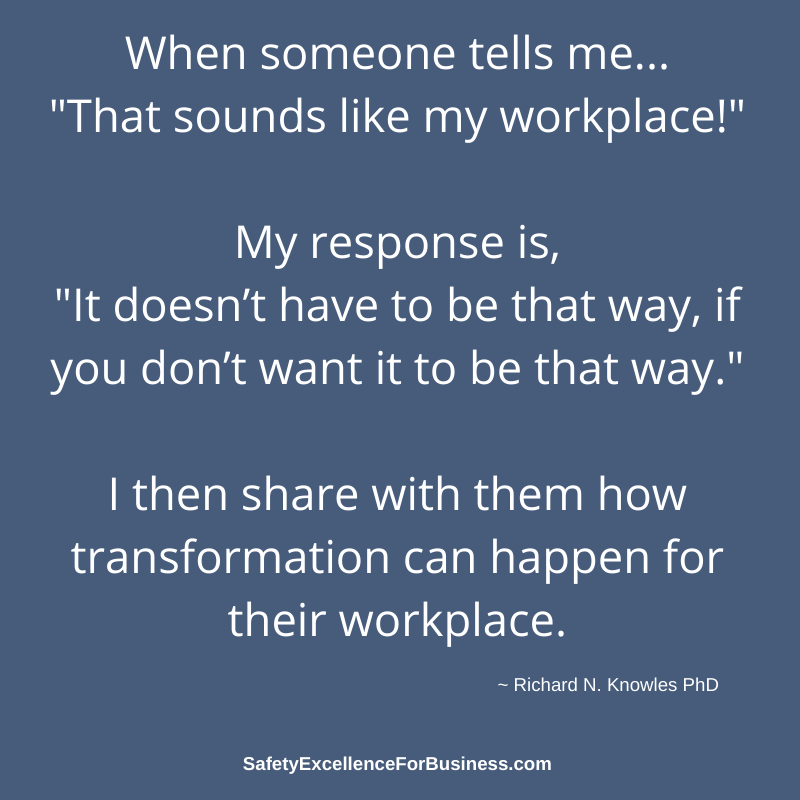 The process safety management collapsed in January of 2010 with major, accidental releases to the air and river and they had a man get killed with a phosgene release. When the US Chemical Safety Board investigated in late 2010, they reported that while the occupational safety and health performance was the best in the DuPont Company, the process safety management had fallen apart and the plant was not even using the DuPont standard procedures. This was a sad commentary about how far things had fallen.
The process safety management collapsed in January of 2010 with major, accidental releases to the air and river and they had a man get killed with a phosgene release. When the US Chemical Safety Board investigated in late 2010, they reported that while the occupational safety and health performance was the best in the DuPont Company, the process safety management had fallen apart and the plant was not even using the DuPont standard procedures. This was a sad commentary about how far things had fallen. Artificial intelligence and robots, block chains and bitcoins, the opioid epidemic, political strife, and workplace violence, international worries and potential conflicts are some of the challenges facing all of us. There is a critical need for people, in all walks of life, to come together to openly and honestly talk about our challenges, share our thinking and learn together. We do not have to be blindly swept along. We can make decisions and do the things that we need to do to help to make the world a better place.
Artificial intelligence and robots, block chains and bitcoins, the opioid epidemic, political strife, and workplace violence, international worries and potential conflicts are some of the challenges facing all of us. There is a critical need for people, in all walks of life, to come together to openly and honestly talk about our challenges, share our thinking and learn together. We do not have to be blindly swept along. We can make decisions and do the things that we need to do to help to make the world a better place.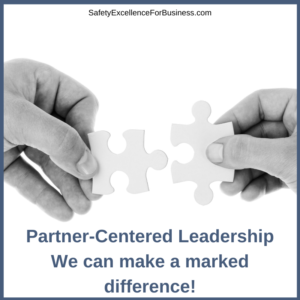 When I talk about safety. my thinking goes well beyond the traditional safety numbers, training and procedures. It includes ideas about respect and how everyone has agreed to work together. It includes ideas about personal responsibility, integrity and dedication to helping everyone improve. It includes openness, honesty and sharing information abundantly. It includes ideas about the deeper, often hidden patterns of behavior which have a profound impact on the work environment and drive much of the behavior. It includes the fact that the managers and leaders have the largest impact on their organization’s performance. It includes the understanding that managers focus on reliability, stability, predictability and control as they try to maintain the status quo and that leaders focus on the people, change and the future sharing information abundantly, treating people with respect and helping people find meaning in their work. Both good leaders and managers are needed.
When I talk about safety. my thinking goes well beyond the traditional safety numbers, training and procedures. It includes ideas about respect and how everyone has agreed to work together. It includes ideas about personal responsibility, integrity and dedication to helping everyone improve. It includes openness, honesty and sharing information abundantly. It includes ideas about the deeper, often hidden patterns of behavior which have a profound impact on the work environment and drive much of the behavior. It includes the fact that the managers and leaders have the largest impact on their organization’s performance. It includes the understanding that managers focus on reliability, stability, predictability and control as they try to maintain the status quo and that leaders focus on the people, change and the future sharing information abundantly, treating people with respect and helping people find meaning in their work. Both good leaders and managers are needed.




